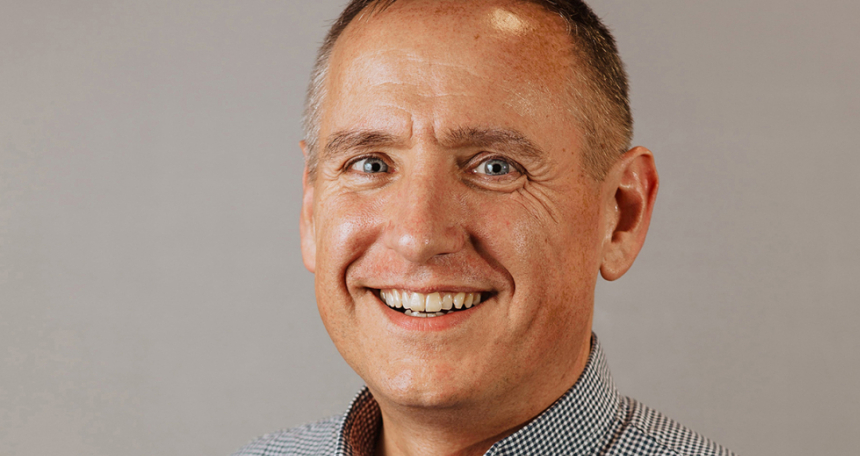
It’s been almost one year since the Labour Government came to power and promised to build 1.5 million homes over the next five years. One year into that pledge and with four to go, the plan is still looking rather ambitious.
When Labour first made the pledge, if we’re honest, I’m not sure many of us thought they would make it to 1.5 million, but there was hope they would come close - or at least closer than some of the latest forecasts suggest. Savills, for instance, recently forecast that just 840,000 new homes will be completed by 2028/29 - barely more than half the target.
While it believes recent planning reforms should increase the supply of consented land, this will take time to feed through to actual completions. It identifies the bigger problem as a lack of demand from individual buyers as well as private and social landlords, and without sufficient demand, developers won’t build if they can’t make it profitable.
Looking at the data Savills is referring to, it shows new home completions fell by 6.5% in the year to March 2024 to 198,600. For 2024/25, it estimates completions will drop further still to 180,700.
For those of us in the mortgage market, it might be surprising to hear demand is being blamed for low completions. The mortgage market is actually in pretty good shape - demand from first-timers appears strong, we’ve got plenty of lenders offering high LTVs and we’ve seen rates come down, with developers also offering some attractive new-build incentives.
What we might sometimes forget about the housing completions figures however is that new completions aren’t just about owner-occupied homes - they include build-to-rent and social housing too.
Breaking down the numbers
Based on current policy and trends, Savills says housing completions are likely to remain between 160,000 and 170,000 per year over the next few years. While it’s possible to exceed this, demand support would be needed, it believes. Even then, delivery will be constrained by how quickly the housebuilding sector can expand its supply chains and labour force.
If we look at those numbers they might seem low, but when you break down the maths, maybe not. Private sales of new homes average around 100,000 per year - a level that’s remained largely unchanged over the past 50 years. Help to Buy has been one of the few things to boost supply beyond this baseline, according to Savills.
Build-to-rent has also formed a growing portion of completions over the last five years, reaching a record 18,100 in 2023/24. But starts have fallen by 59% from a peak of 25,700 in the year to October 2022 to 10,600 in the year to March 2025 - a fall it attributes to the spike in interest rates and the Liz Truss ‘Mini Budget’.
Affordable housing is the next piece in the puzzle. Looking at the most recent figures for the year ending March 2024, there were 62,289 affordable homes delivered in England, a decrease of 2% compared to the previous year. For anyone counting, that takes us just over the 170,000 completions mark per year.
However, this could change. Just a few days after Savills’ released its predictions, Chancellor, Rachel Reeves, announced in the Spending Review a pledge of £39bn for new affordable housing over the next decade - the largest Government commitment of its kind in 50 years. So how could this impact completions?
Costs mounting
Opinion differs on how much this will boost the overall figures. Best case estimates suggest it could help deliver an extra 500,000 affordable homes over the next decade, or around 50,000 annually. If so, this would comfortably take annual completions over the 200,000 mark - still short of the 300,000 needed to hit the Government’s five-year target, but a step closer.
However, a number of things need to fall into place before this happens and added to this are rising costs for developers.
The Future Homes Standard, coming into effect by the end of 2025, is expected to increase construction costs due to the need for more eco-friendly materials and technologies needed to meet new energy efficiency and low-carbon heating requirements. There will certainly be a question mark over whether house prices are rising fast enough for developers to make sufficient returns on their new builds, especially if they can’t recoup the energy-saving features through higher sale prices.
Savills’ data shows that over the last 50 years, when housebuilding has been growing, the average rate of expansion has been 7.7% per year. When supported by the Help to Buy scheme, the rate of expansion in the mid-2010s hit 10.8% in 2013 and around 15.7% in both 2014 and 2016.
If housebuilding capacity matched this peak rate of 15.7% per year for the next four years, it could deliver around 1.2 million homes over five years. Combined with a possible additional 50,000 homes annually, we would edge closer to the target - though achieving this without a Help to Buy-style scheme perhaps seems overly optimistic.
There are of course a lot of ifs and buts in those scenarios and the differential could be quite large. But maybe we shouldn’t look back in anger if Labour falls short of its 1.5 million target - getting somewhere close would still be progress after years of chronic under-delivery.
